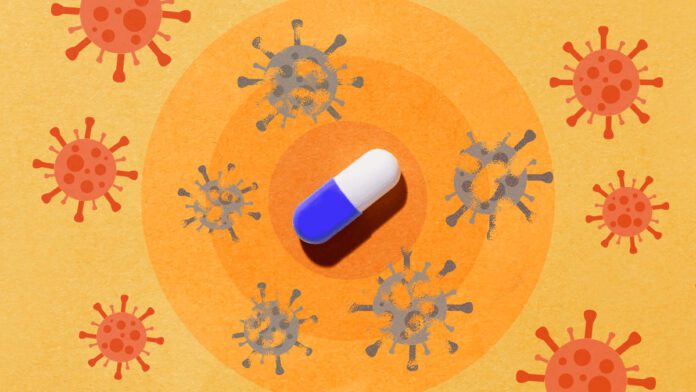A team of researchers from Agency for Science, Technology and Research (A*STAR)’s Genome Institute of Singapore (GIS) and Bioinformatics Institute (BII), together with Duke-NUS Medical School, integrated a variety of technologies to study not only the whole genome of SARS-CoV-2, but also its RNA structures, and discovered an important host factor for infection. Additionally, they also mapped the shapes of a deletion variant that was isolated from a patient in Singapore, allowing them to determine the structures of both wildtype and other variants. The study was published in Nature Communications on 25 August 2021.
SARS-CoV-2, which causes COVID-19, is an RNA virus whereby its genome is made up of a single 30 kilobases long RNA. This long RNA can fold into complex and dynamic shapes to allow the virus to interact with other factors for virus growth and survival inside infected cells. While it is traditionally difficult to determine RNA shapes of long viruses, GIS scientists claim that they used a chemical to mark the positions of all single-strand bases along the genome, and then identified them using sequencing. As per reports, the scientists identified which regions are paired / unpaired, and integrated this information into computational models to determine more accurate RNA shapes.
Through this study, they discovered that the virus’ genome can fold into very complex shapes and interact with many other of its host’s RNAs. One such RNA is a small RNA known as snoRNA, which normally modifies our translation machinery to enable our body to produce protein properly. The team discovered that the SARS-CoV-2 also binds with snoRNA to steal its modification. This enables it to decrease the amount of host RNAs, as well as become more stable and successful in infecting its host’s cells.
Dr Wan Yue, Group Leader of Laboratory of RNA Genomics and Structure, and Associate Director of Epigenetic and Epitranscriptomic Systems at GIS, said, “When SARS-CoV-2 emerged and COVID-19 became pandemic, we raced to understand how SARS-CoV-2 can fold into shapes and interact with host RNAs for their infectivity. We found that SARS-CoV-2 genome interacts with snoRNAs to compete with host RNAs for methylation, to stabilise its own genome and to degrade the host RNA. Furthermore, people have increasingly realised in recent years that RNA shapes, similar to protein shapes, can be targeted by small molecules and our mapping of SARS-CoV-2 RNA shapes could be useful for future drug development.”
Prof Patrick Tan, Executive Director of GIS, said, “SARS-CoV-2 is the major pathogen all over the world now. Understanding how it infects human cells is key to our ability to inhibit it. We believe that the shape maps that were generated in this study can serve as a basis for drug targeting of this virus in the future.”
This study was carried out together with Dr Roland Huber (Assistant Principal Investigator at A*STAR’s BII) and Prof Wang Linfa (Professor, Emerging Infectious Diseases Programme, Duke-NUS Medical School).






